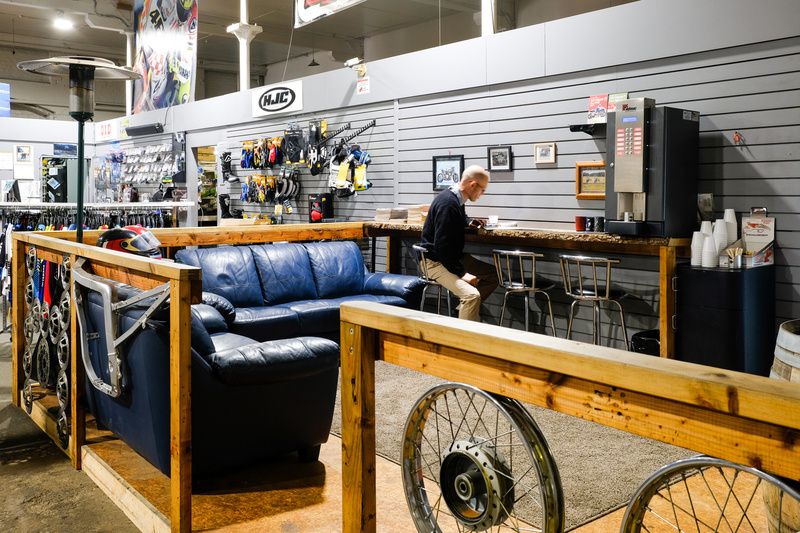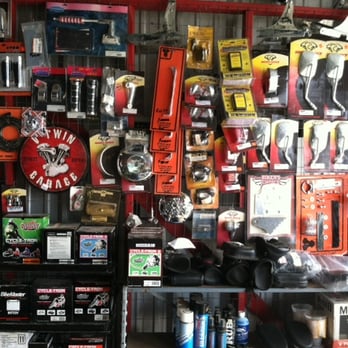Check Out Our Motorcycle Shop for Professional Recommendations and Top Quality Products
Check Out Our Motorcycle Shop for Professional Recommendations and Top Quality Products
Blog Article
Understanding Motorcycle Gears: Just How to Maximize Your Riding Experience
In the world of motorcycling, grasping the art of gear manipulation is important for enhancing your riding efficiency. Correctly recognizing and using bike gears can dramatically affect fuel, velocity, and control effectiveness, transforming an ordinary ride into a smooth, exciting trip. By including accurate change timing and adapting gear option to different road problems, riders can guarantee optimal engine performance and safety. The subtleties of clutch control, throttle coordination, and equipment technicians beckon a deeper exploration, assuring to unlock the complete possibility of your maker. How can these methods be used to truly maximize your riding experience?
Recognizing Gear Mechanics
How do the details of gear mechanics influence motorbike performance? At the core of motorcycle dynamics, equipment auto mechanics play an essential duty in transforming engine power right into movement, eventually dictating rate and control. Gears, carefully crafted parts, allow bikers to optimize torque and speed, guaranteeing a smooth transition via different terrains and speeds. The gear proportions, meticulously created, identify the connection between engine changes and wheel turns, impacting velocity and gas effectiveness.
Recognizing equipment technicians starts with identifying the value of the gearbox, which houses numerous gears of differing sizes. These equipments engage with a process known as meshing, where teeth of different equipments involve to transmit power.
In addition, the idea of gear shifting is important to optimizing performance. Smooth and prompt changes ensure that the engine operates within its optimum power band, avoiding unnecessary strain and enhancing long life (motocross gear). By comprehending these mechanical intricacies, bikers can attain a harmonious blend of power, performance, and control, elevating their riding experience
Timing Your Changes
Change timing proficiency is important for enhancing bike performance and enhancing the riding experience. Effectively timed shifts guarantee that the engine runs within its optimum power band, which is critical for maintaining control, achieving smooth acceleration, and making sure the long life of the bike. Motorcyclists need to create an intuitive sense of when to move equipments, which includes recognizing the connection in between engine changes per min (RPM) and rate.
To understand change timing, pay very close attention to the engine's noise and feel, as these provide vital ideas concerning when to alter equipments. When the engine comes close to the upper range of its power band without reaching the redline, the ideal change point usually happens - motox parts nz. Changing prematurely can cause an absence of power, while changing as well late may cause unneeded engine pressure
Furthermore, roadway problems and riding design influence shift timing. In contrast, throughout highway riding, less changes at higher rates can be much more proper.
Enhancing Fuel Effectiveness
While mastering motorcycle equipments is crucial for performance, enhancing fuel efficiency is equally important for both economic and environmental factors. Ideal gas usage not only decreases operational costs yet also lessens the ecological impact of riding. To accomplish this, one need to comprehend the elaborate relationship between equipment option and engine efficiency.
Riding in a higher gear at lower speeds can lead to engine carrying, which is damaging to both fuel economic climate and engine health and wellness. On the other hand, riding in lower gears at high speeds results in unnecessary gas consumption.
Additionally, regular upkeep plays a pivotal role in fuel efficiency. Making certain that the motorcycle is well-tuned, with tidy air filters and correctly blew up tires, can improve the rules of aerodynamics and decrease fuel wastefulness. Embracing a her comment is here riding design that embraces steady velocity and smooth slowdown can contribute to better gas economy.

Techniques for Smooth Transitions
Achieving smooth equipment transitions is essential to enhancing the riding experience and ensuring the longevity of a motorcycle's transmission system. Appropriate equipment moving not just adds to a seamless experience but additionally minimizes wear and tear on the mechanical parts. To grasp the art of smooth transitions, cyclists should concentrate on a couple of vital strategies.

Second of all, clutch control plays a pivotal duty. Engaging and disengaging the clutch efficiently requires method. The clutch lever ought to be launched slowly, enabling a seamless transfer of power from the engine to the wheels without creating a shock or sudden motion.

Adjusting to Roadway Conditions
Navigating varied road problems is a vital ability for any type of motorcyclist intending to maintain control and safety and security. Whether you're riding on wet surface areas, gravel roads, or browsing sharp turns, your capability to adjust your gear use and riding method is paramount. Understanding exactly how to change your equipments suitably can considerably affect grip and security, making sure a safer journey.
In contrast, when riding on gravel or irregular surface, lower equipments are better. Reduced gears offer much better control and enable you to react even more promptly to unanticipated changes in the road surface.
Sharp contours demand precise gear management to my explanation balance speed and control. Downshifting before going into a curve can assist preserve momentum while making sure the motorbike continues to be secure throughout the turn. Regular technique in diverse problems boosts your capacity to react and predict to changes in roadway appearance and slope.
Conclusion
Grasping motorbike equipments substantially enhances the riding experience by boosting velocity, fuel, and control efficiency. An extensive understanding of gear technicians and specific change timing ensures the engine runs within its optimum power band, while smooth shifts through effective clutch and throttle coordination increase convenience and performance. Adapting gear option to numerous road conditions, such as making use of greater sport bike track gear gears on wet surface areas and lower gears on crushed rock, additional enhances handling and safety and security. Inevitably, these skills elevate the overall trip.
Understanding equipment technicians begins with identifying the value of the gearbox, which houses numerous gears of varying dimensions. These equipments communicate via a process known as meshing, where teeth of different equipments engage to send power (motocross gear nz). Gentle modifications to the throttle throughout gear changes can prevent jerky motions and keep a consistent riding speed
Whether you're riding on damp surfaces, crushed rock roadways, or browsing sharp turns, your ability to adapt your gear use and riding technique is vital. Adjusting gear selection to various road problems, such as making use of greater gears on damp surface areas and lower equipments on gravel, additional boosts handling and safety and security.
Report this page